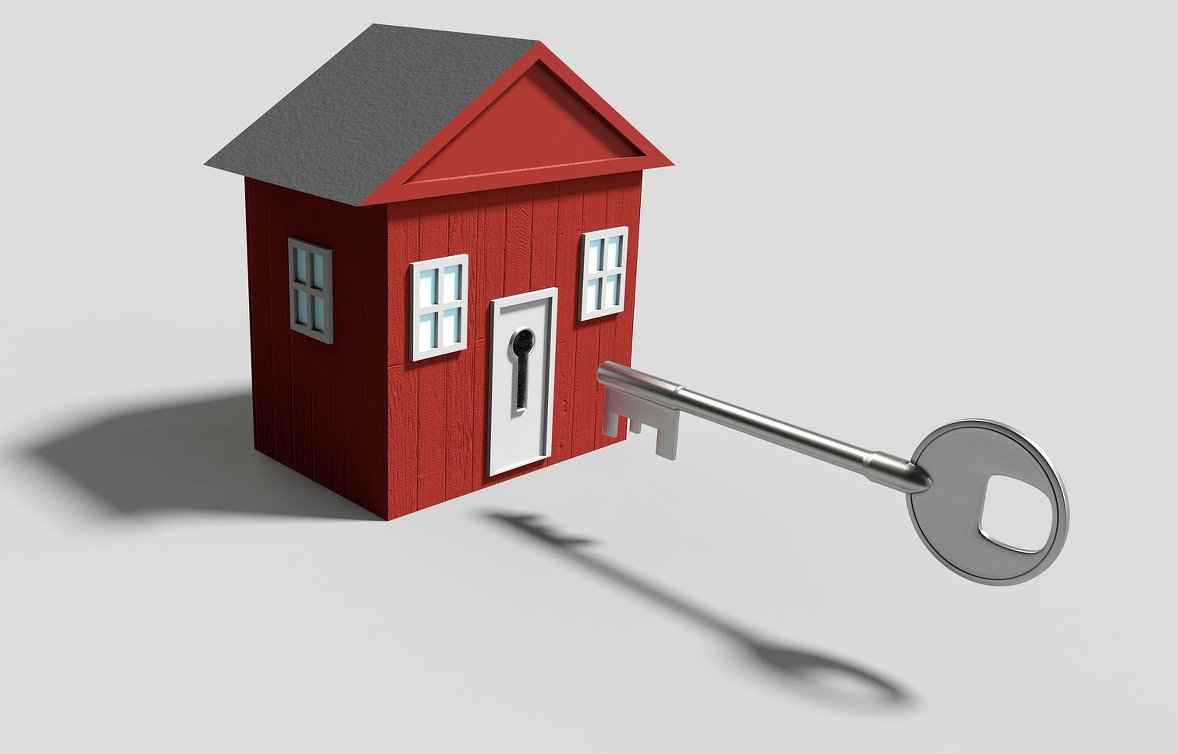2019-09-16
The essential laws in real estate
Carrez, Pinel, Malraux, Scrivener and Neiertz: focus on tax exemption systems and on property and loan laws.

Barnes, a real estate agency in Bordeaux, presents you in detail the most important laws in real estate.
Carrez Law
What challenges?
The Carrez law is concerned with the calculation of the living area of a dwelling and the m2 taken into account in real estate sales operations. The Carrez Law area measure has the legal application of the private area of a condominium unit. It makes it possible to harmonize and standardize the measures of co-ownership lots in the context of a property sale. The Carrez Law footage must appear in all of the official documents produced as part of the real estate transaction, i.e. the promise to sell, the compromise and the deed of sale, under penalty of the possibility of cancellation. .
Measure the area under Carrez law
Whether the measurement is carried out by a surveyor or an individual, it must take into account only closed spaces, with hard floors, whose ceiling height reaches at least 1.80 m. Below this height, only the floor area of the rooms is measured, which effectively excludes doorways, stairwells, window frames and steps. The attic parts are not counted when the ceiling height drops below 180 cm. Neither are attics which cannot be converted, stalls, garages, cellars, balconies, terraces and gardens. Verandas are, however, measured, which differentiates the Carrez law from the more stringent Boutin law.
What goods are concerned?
Apartments are not the only property concerned: individual houses in subdivisions are also subject to the regulations governing condominiums. The Carrez law also applies to lots for sale which will have a commercial or professional function.
In which cases does the Carrez law not apply?
The Carrez law area measure does not apply to individual houses that are not part of a subdivision. It also does not concern goods sold in the state of future completion (VEFA housing), which is also often called "off-plan sale". Another regulation is specific to this type of goods.
Pinel Law
Issues and purposes of the Pinel law
A tax reduction device that succeeds that of Cécile Duflot, the Pinel law regulates rental property investment in new buildings. Implemented in September 2014, it has since enabled individuals whose tax domicile is in France to benefit from a tax reduction by investing in rental property. First only applicable to new real estate, the law also applies to old property since 2019. Its primary goal was to encourage the construction of new, more ecological housing, and to see the supply of goods develop for rent on the real estate market. If the device extends today to old dwellings, these must have the same energy characteristics as new ones.
Principles and conditions of the system
The Pinel law offers a tax reduction expressed as a percentage of the purchase amount, to real estate investors who agree to rent their property for a minimum period. The reduction rate is higher when the rental period to which the purchaser agrees is longer. For a 6-year commitment, the buyer thus benefits from a total discount on their taxes corresponding to 12% of the amount of their investment, at a rate of 2% per year. For 9 years of commitment, the reduction amounts to 18% of the amount invested (also 2% per year), and for 12 years to 21%, i.e. 2% for 9 years and 1% for the remaining 3 years.
The advantages of the Pinel law
In addition to the tax reduction, the Pinel law has the advantage of affecting investors without contributions, who buy through a mortgage. Another advantage of the law is the possibility of renting to a member of his family, in particular to parents and children, on the sole condition that the latter is not part of the tax owner's tax household.
Malraux law
Restoration aid
As a tax reduction device, the Malraux law relates to restoration work on remarkable and old properties. It is therefore aimed at owners of real estate located in protected areas, embarking on complete renovation and restoration works.
The context of tax exemption
The tax reduction granted amounts to 30% of the amount of the work for any property located in a remarkable heritage site that is the subject of a safeguarding and enhancement plan, within a perimeter classified as an Old Degraded Quarter (QAD) ), or within a perimeter concerned by the New National Urban Renewal Program (NPNRU). 22% of the amount of the work is granted as a tax reduction for housing and buildings located in a remarkable heritage site subject to an architecture and heritage enhancement plan (PVAP). Finally, a tax reduction of 22% of the amount of restoration work is also granted for renovations of remarkable properties located outside the protected area, but whose restoration program has been approved and declared of public utility.
Ceilings and conditions
The law applies to taxpayers whose tax domicile is in France, owners of property likely to benefit from restoration aid due to its location in a protected area or by its own architectural and historical value. The tax reduction rate is calculated on an amount of work capped at 400,000 euros per year, for a maximum of 4 consecutive years. The quality of the renovation works, which must lead to a complete restoration, is monitored by a French Architect of Buildings.
Scrivener and Neiertz laws
Often crucial in a proposed acquisition, the Scrivener 2 and Neiertz laws govern the terms of mortgages. Both aim to prevent and curb the phenomenon of over-indebtedness, through a series of measures aimed at protecting and informing borrowers.
The Scrivener 2 law
With the aim of combating the over-indebtedness of individuals, the Scrivener 2 law introduced in 1979 supplements a first Scrivener law which only concerned consumer loans and real estate work of less than 22,000 euros. The Scrivener 2 law therefore sets out to define the terms of borrowing in the single framework of real estate. It aims to set rules for the information and protection of borrowers. It is the Scrivener 2 law which obliges, for example, the lender to formulate a clear and supervised credit offer, which includes the precise identities of the two parties, the rate of the loan and its nature (fixed or variable), its duration, the asset financed, or the total cost of the loan. The Scrivener law also imposes on the borrower the cooling-off period of 10 days before accepting or refusing the credit offer. It also establishes the right to prepayment of the loan.
Neiertz law
More recently, the Neiertz law came to complete the Scrivener system in 1989. Still with the aim of curbing the over-indebtedness of French households, it notably set up over-indebtedness commissions responsible for supporting borrowers in the search for a solvency solution. The solutions envisaged are of various orders, ranging from the grouping of credits to the sale of contingent assets. It is also this Neiertz law which precisely defines the conditions of over-indebtedness of a household, by measuring the monthly or annual weight of credits to be reimbursed in relation to income

